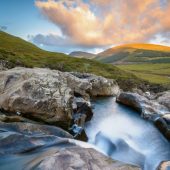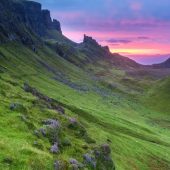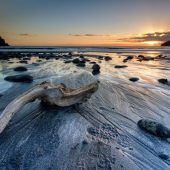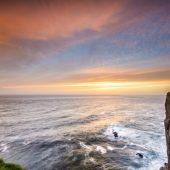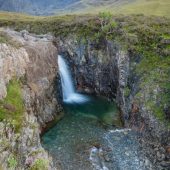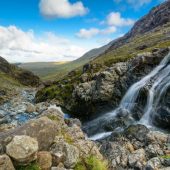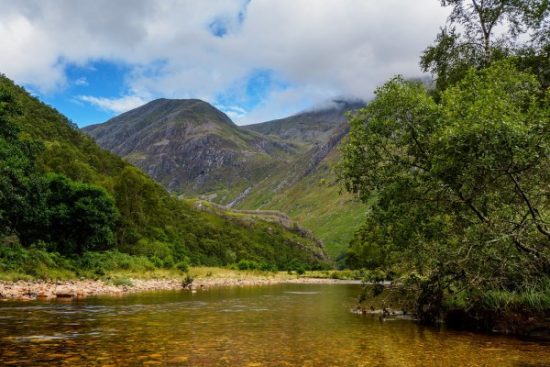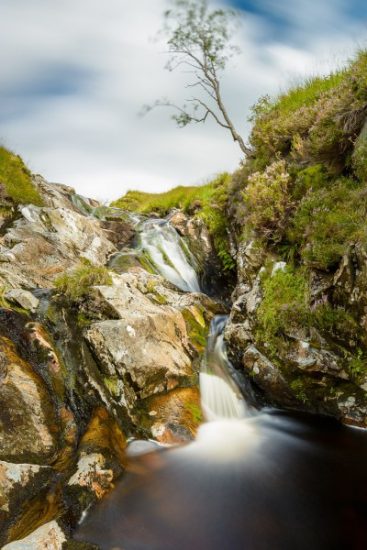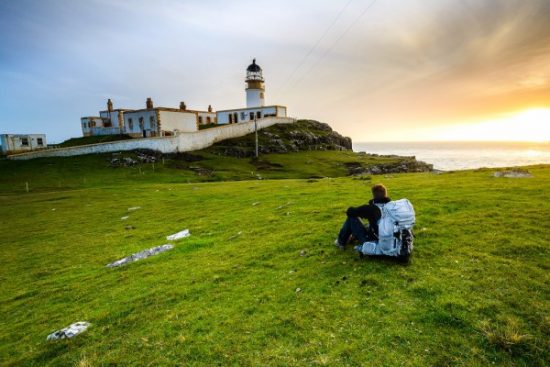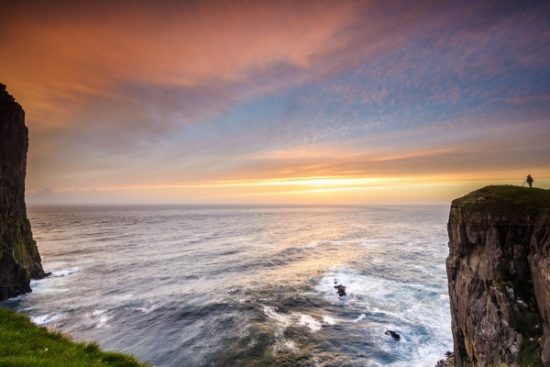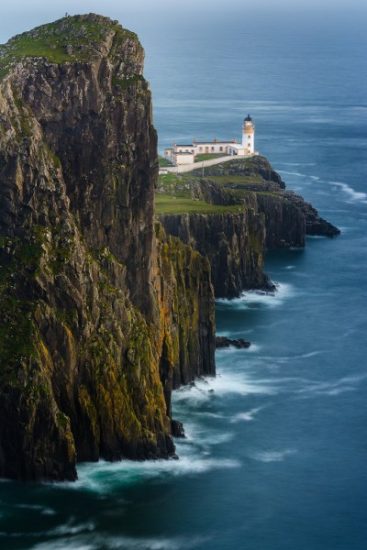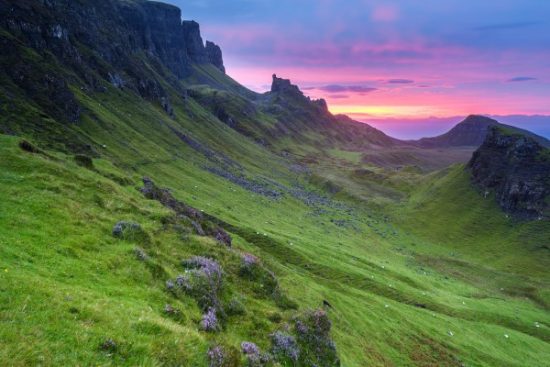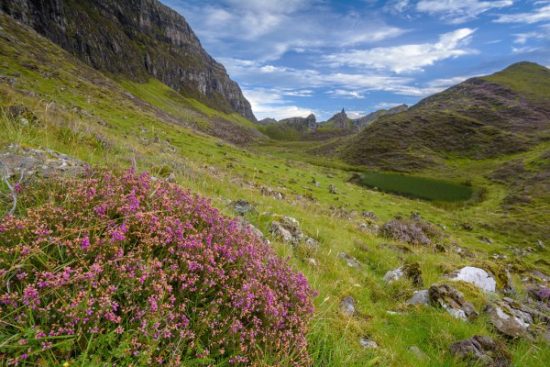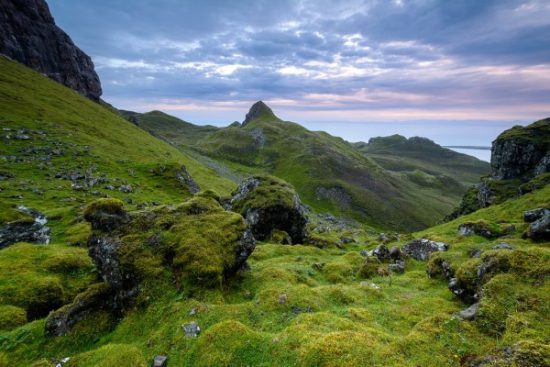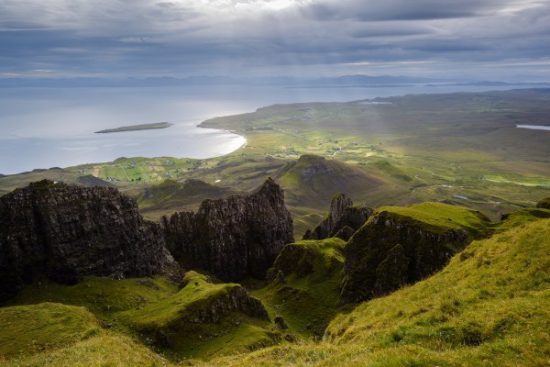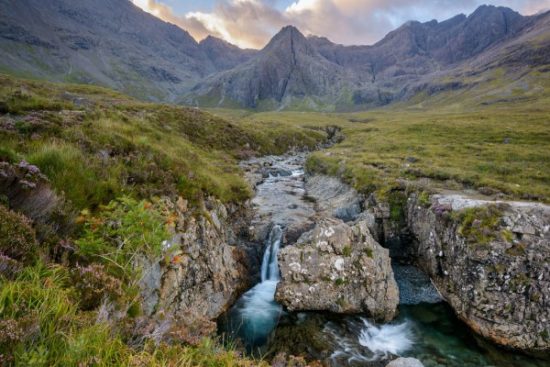Tieme Pool (Website | Facebook | Twitter) visited Scotland with his Nikon D7100 camera and Nikkor 10-24mm lens:
In the fast-moving world of technology, the Nikon D7100 is already ancient, and while the D7x00 series has been known as a semiprofessional body, the D5x00 series has been getting better and better. As specially since the D5200, the D5x00 series even beats the D7x00 on some aspects of image quality. My Nikon D7100 has been my reliable companion since 2014, and many people wonder why they should buy the D7x00 series over the D5x00.
As mentioned, the D5x00 series is getting better and better in image quality, but there are a few advantages if you own a Nikon D7x00. First off, the build quality is slightly better. It is weather sealed (which is a big plus if you’re an outdoors photographer like me), the viewfinder is slightly bigger and brighter, battery life is better too, and the autofocus system is superb. Besides, you have an additional memory card slot in the D7x00, it has a built-in focus motor (good for old, non-AF, lenses), and is faster in burst mode.
Even older is my Nikon 10-24 wide angle lens, introduced in 2009, and never upgraded by Nikon ever since. And with this trustworthy combination, I went out to one of the counties that every photographer wants to visit: the Highlands and the Isle of Skye in Scotland. To make sure my beloved camera didn’t feel alone, I also brought his friends, a Gitzo tripod, a B+W polariser, and a pair of Lee filters (I tried Cokin for a while, but it just didn’t work for me. Not just the colour cask, also the reduction of sharpness).
I started in the Highlands, as a friend of me, working on his mountain guide license, took me into the wilderness near the Ben Nevis, the Grey Corries, and the Mamores.
The hike in the wilderness was amazing. Drinking from waterfalls and creeks isn’t possible in The Netherlands (we don’t have waterfalls to begin with, and the water will get you sick quickly). And to do so was a fantastic experience.
The Lee filters I use are a Graduated Natural Density filter, to darken the skies, and The Big Stopper. This is a Natural Density filter that reduces the light getting into the camera by a thousand times, to create long exposure shots during daylight, like the waterfall above.
The downside of the trip were the many midges battling me whenever there was no wind. A midge is a mosquito with the size of a fruit fly. And why are they so bad? They attack in large groups!
My next stop was the Isle of Skye, I did that alone. And my beloved Nikon 10-24 showed to be a trustworthy friend. I was tired of the long days (wake up way before sunrise and go to sleep after sunrise) and the hikes, and got a bit sloppy. I switched lenses, so I removed the Nikon 10-24 and attached a Nikon 70-200 2.8 VR II. As I acted quick, I placed my Nikon 10-24 on the ground, and not so sturdy. While attaching the 70-200, my 10-24 decided to bounce of the rocks! I couldn’t catch it, that would mean dropping my 70-200 and D7100, so I had to let it bounce. In horror I ran down the rocks, my lens must have bounced at least 15 times, about 10 meters down the rocks… The lens cap had fallen of the B+W polarizing filter, and with my heart beating in my throat, I checked my lens. No broken glass, no scratches… Nothing! Even the filter wasn’t scratched! What a relieve, the Photography gods must have liked me that day!
During my first day on the Isle of Skye I visited Neist Point and Portree. What a spectacular Island! Portree is the largest town of Skye, yet still very small.
Neist Point is a rock and lighthouse in the area Waterstein. This is positioned in the west, so perfect for the sunset.
As my trip was all about hiking, I went out the Quiraing the next day. This is a must do hike for photographers on Skye!
Two other fun attractions are Kilt Rock and the Lealt Falls. Beware though: these are proper tourists attractions, so for me this was a stop and go moment!

A quick, yet beautiful, stop and go.

Hike down to the Lealt waterfall if you have the chance.
On the third day, I was still happy my Nikon 10-24 survived the fall down the rocks. And the Lee ND Grad Filters were of great service too! Our cameras are not able to capture a wide range of light intensity. So darkening the sky using a filter, is a great option to avoid blown out parts of the photo. As this country looks like a fairytale (many movies have been recorded here), I moved on the the Fairy Pools. A spectacular set of waterfalls (the colours are impressive, not the size) which you have to visit around sunrise. As during the day, tourists swarm (and ruin) this place.

Colours like a fairytale.

Some fine pools for a fresh dip.
The cool colours of the waterfall, and the warm colours of the sunrise are spectacular! And with the Black Cuillins in the background, the scene is complete. If you are here during sunrise, it is mesmerizing!

The water is so blue, and so crystal clear!
And if you are in good shape, continue your hike towards the mountains, where most tourists don’t go.

Can you imagine I had this place whole to myself?
Later that day I captured the sunset at Talisker Bay (after visiting the Distillery obviously!).

The sunset at Talisker Bay.

A spectacular sunset!
On my final day on Skye I paid a visit to probably the most photographed rock formation on Skye, the Old man of Storr. A cliché spot, but a must do.

The Old man of Storr.

The light is amazing today!
On my way back to the mainland of Scotland, I said one final goodbye to Sligachan. A small village (although I haven’t seen any houses), with a spectacular view on the Black Cuillins.

The old bridge of Sligachan.

Goodbye Black Cuillin!
I was lucky to avoid the rain, probably more famous than the gorgeous landscape, and had a fantastic pair of hikes. I hope you enjoyed my pictures, and thank you so much for watching!
If you have an interesting idea for a guest post, you can contact me here.
